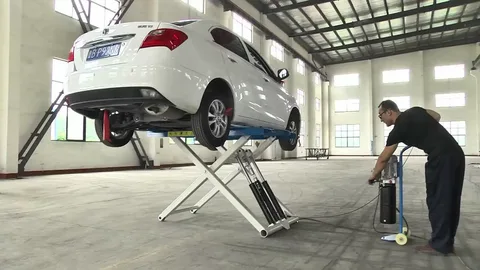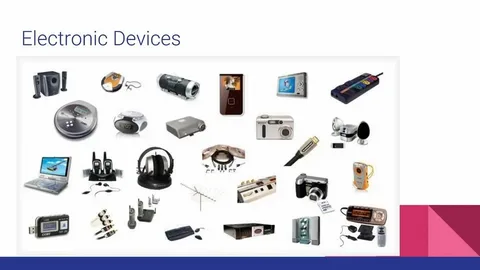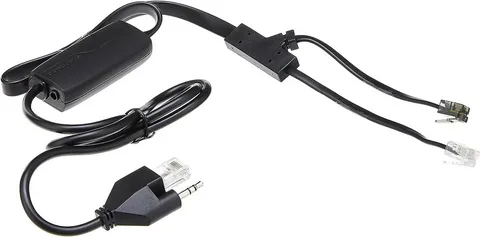Scissor Lifts for Automobiles | The UK Mechanic’s Essential Guide
Scissor lifts are now part of nearly every garage and home workshop in the UK. These compact workhorses enable mechanics and automobile fans to securely access the vehicle’s underside. But do you know how they work and whether they are truly as safe as they appear to be?
What is a Car Scissor Lift? (The Tool That Lifts Your Vehicle)
The device for raising cars shown in garages is referred to as:
- Scissor lift (its most popular name)
- Mid-rise lift (referring to height)
- Mobile column lift (specific types)
Scissor lifts differ from traditional two-post lifts in that they employ x-shaped metal supports that vertically raise vehicles to a height of approximately 3-5 feet.
Key Components:
Rubber pads – Preserve the chassis points of your vehicle.
Control panel – Usually foot control freeing one’s hand to perform other functions.
Hydraulic pump – Action for lifting parts.
Safety locks – Automatic catches for loss in pressure.
What is a Car Scissor Lift Used For?
Each of these lifts help with areas that require ‘belly access’:
Common Uses:
Aside from undercarriage cleaning, they also assist with;
✔ Oil changes and fluid checks
✔ Exhaust system repairs
✔ Brake line inspections
✔ Transmission work
Where They Shine:
For fast oil change operations, these scissor lifts are best suited for;
Home garages (Low ceiling? No problem)
Quick service shops (For fast oil change operations)
Tyre centres (Easy wheel access)
Are Scissor Lifts Safe?
Listed as the safest option when used properly. Safety lifts are amongst the safest.
Important relevant considerations include:
Safety Features to Look For:
Support beyond the lift are needed. For this reason, make sure to install adequate protection to prevent damage.
- Automatic mechanical locks (Not just hydraulic)
- Overload sensors (Warns if exceeding weight limit)
- Low-profile design (Reduces tripping hazards)
- Rubber contact points (Prevents chassis damage)
UK Accident Stats (HSE Data):
23% of garage accidents involve lifting equipment.
Most common issue: Vehicle is not positioned correctly.
Secondary cause: Deactivation of safety systems.
Pro Tip: Use axle stands as backup support whenever working under any lift.
Can Anyone Use a Scissor Lift in the UK?
Things are less clear than they initially appear:
For Home Use:
✅No certification needed
✅Must adhere to steps in the user manual
✅Suggested basic training
Commercial/Workplace Use:
PUWER Regulations Apply (Provision and Use of Work Equipment Regulations 1998)
- Competency-based training mandated
- Regular LOLER inspections (Every 6 months)
- Assessment of hazards is necessary
Who Can’t Operate Them:
Untrained commercial staff
Any staff below 18 in workplaces
Operators without appropriate PPE (boots, helmet, etc.)
Contraption of A scissor Lift and Other Car Lifts:
Feature Scissor Lift Two-Post Lift Four-Post Lift
Best For Quick jobs Major repairs Long-term storage
Space Needed Minimal Moderate Significant
Vehicle Access Underside Wheels off Full underside
Price Range £800-£3000 £2000-£6000 £2500-£8000
Choosing the Right Scissor Lift
1. Weight Capacity
Standard cars: 2-3 tonne capacity
SUVs/Vans: 3-4 tonne models available
2. Lift Height
Home use: 1.2m usually sufficient
Commercial: 1.5m+ for easier access
3. Power Options
Electric (Cleanest, quietest)
Air/Hydraulic (For industrial settings)
4. Top UK Brands
TOTAL (Reliable mid-range)
Hunter (Professional grade)
Strongman (Budget-friendly)
Proper Usage
Positioning
- Park centred on lift platform
- Check chassis contact points
- Parked on to Scissor lift to hoist/compare with other lifts.
Lifting
- Move slowly to the first lock position
- Evaluate if the lift is balanced and stable before operation
In-Use
- As an additional safety measure activate all safety lock mechanisms
- Do not go over the weight limitation
Dismantling
- Make sure all tools and people are out of the way before clearing height
- And then proceed to lower in a smooth manner
Mandatory Maintenance
Every week: Monitor the levels of hydraulic fluid
Every month: Check for changes in the structure that may indicate damage
Every year: Changes or anything that differs from the social norms check from an authority figure
After noticing any indented impacts to the object all encompassing checks need to be done
Other solutions to using scissor lifts
Drive on Ramps (£50-£200)
Pros: Cheaper, don’t require power supply
Cons: Less flexible, predetermined height
Trolley Jack + Stands (£100-£300)
Pros: Easily movable, can perform different tasks
Cons: Not so balanced, more physical work needed
Mobile Column Lifts (£2000+)
Pros: Can access all parts of the vehicle
Cons: Expensive, needs space
FAQ’s Quick Answers for UK Users
Q: Is it safe for my vehicle to be placed on top of a scissor lift for a long period
A: Preferred not to, but suggest stands for access above
Q: Does placing a vehicle on a scissor lift cause any damage to the flooring in side the vehicle
A: Only and only negatives if the equipment is not correctly used, are set and will always be referred to as rubber pads.
A: what would be the cheap affordable lifts sold for residential usage that work the best
Q: Can a person place a scissor lift on their driveway
A: Yes, provided they use appropriate conditions cover intended for outdoor use
Final Thoughts
UK Mechanics have everything they require for operating scissor lifts due to their practicality and economy however for routine vehicle servicing tasks due to their small size and mobility aids and sectional structure.As a recap, let’s examine:
– Basic training is recommended for home users, but no certification is required.
– Businesses are compliant with PUWER and LOLER regulations.
– In all scenarios, never bypass the safety locking mechanisms.
For those looking to lift their cars for maintenance in the UK, a scissor lift is arguably the best investment for your garage, provided you buy from reputable suppliers and adhere to the given instructions from the manufacturer.




Post Comment